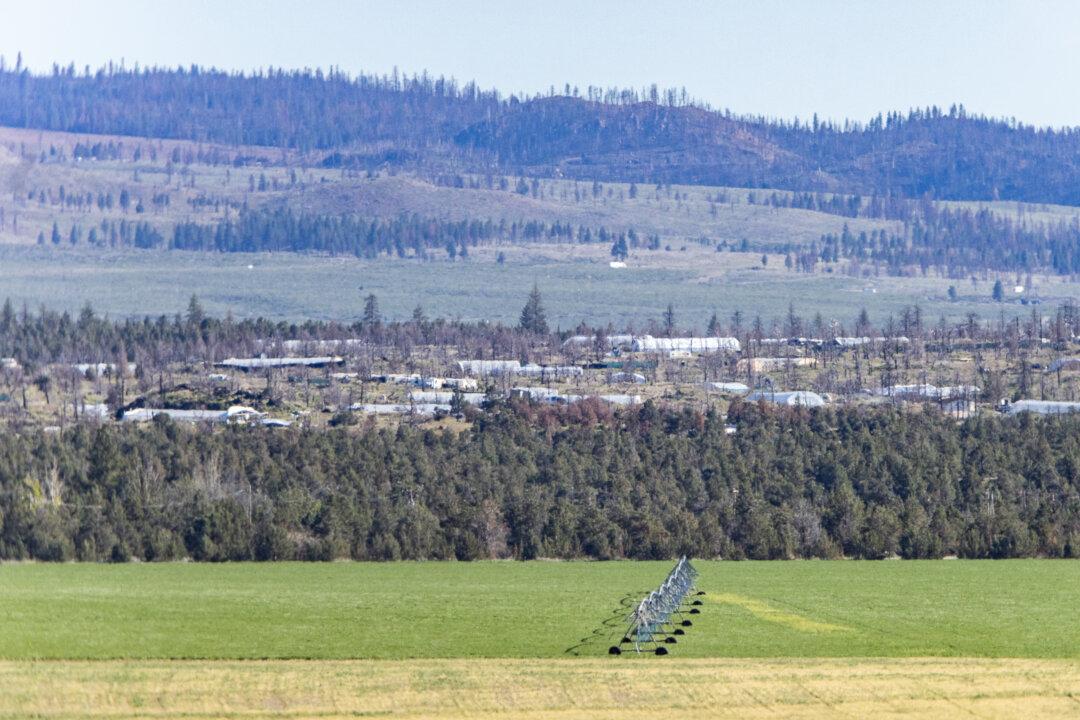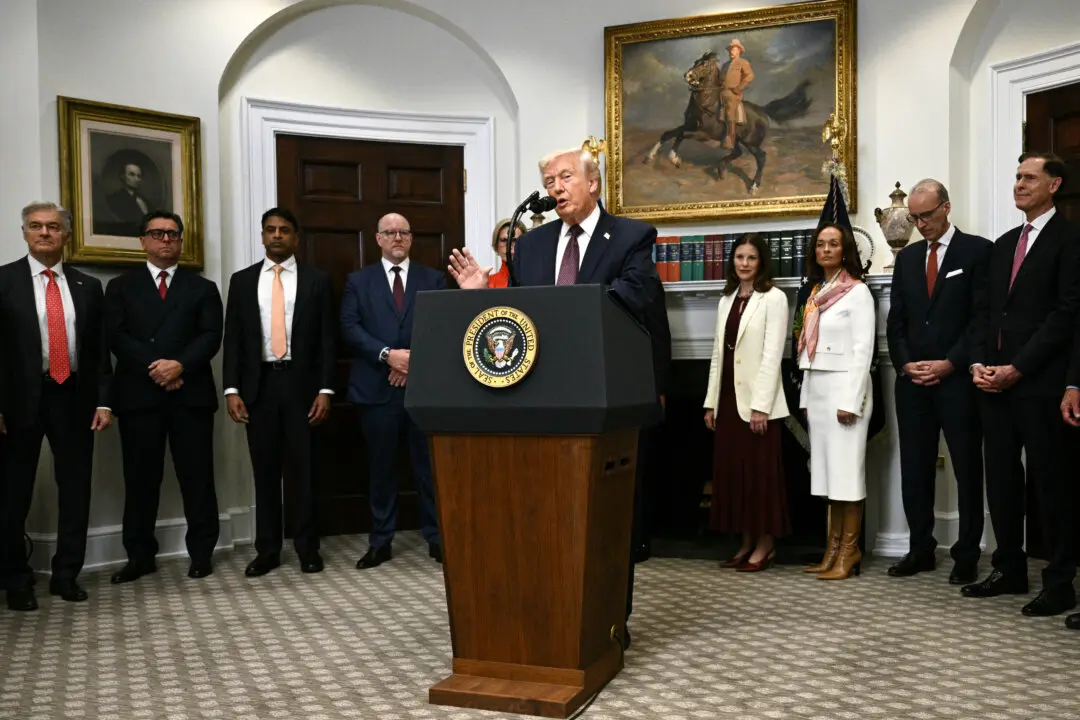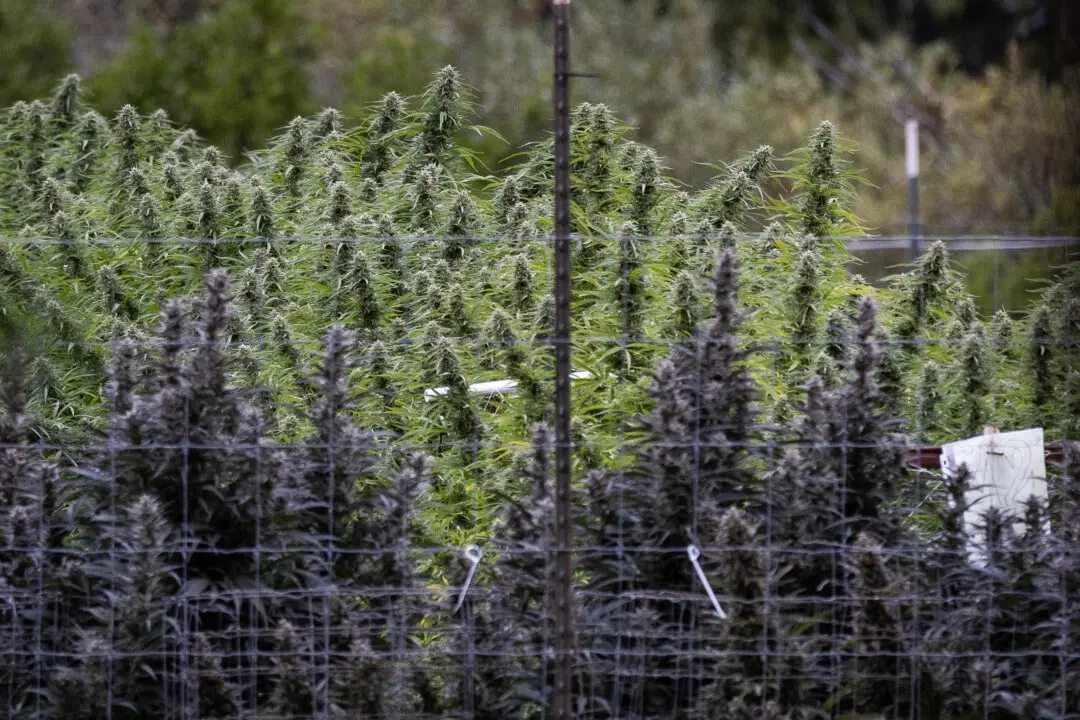Law enforcement officials chopped down thousands of marijuana plants being grown illegally in state parks across California and seized 14 illegal firearms—including three ghost guns and two assault weapons—according to a July 16 press release from Gov. Gavin Newsom’s office.
The governor said he is committed to supporting the state’s legal cannabis market and that tackling the illegal market is key to achieving that goal. Unlicensed cannabis is cheaper, he said, and is therefore undercutting the purchase of legal cannabis in the state, which is more expensive, in part because it is regulated and taxed.





